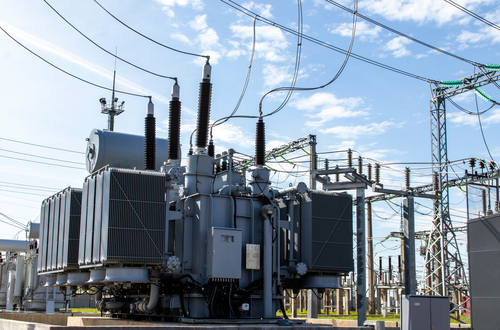DOE issues energy efficiency standards for distribution transformers

The U.S. Department of Energy (DOE) today finalized the energy efficiency standards for distribution transformers last week.
These updated standards—which includes a longer compliance timeline of five years—will save American utilities and commercial and industrial entities $824 million per year in electricity costs. They will also result in more demand for core materials like grain-oriented electrical steel (GOES). The DOE adjusted these final standards based on extensive stakeholder engagement to ensure continued growth opportunities for domestic steel production and provide a longer compliance timeframe of five years.
“The regulatory process can work, and this final rule shows just that by reflecting feedback from a broad spectrum of stakeholders. Ultimately, it will be a piece of the solution, rather than a barrier, to help resolve the ongoing distribution transformer shortage and keep America’s businesses and workers competitive,” U.S. Secretary of Energy Jennifer Granholm said.
Transformers are key components in grid modernization and are needed for stepping down power for electric vehicle chargers. A recent study by the National Renewable Energy Laboratory (NREL) projects a tripling of distribution transformer installations by 2050.
Distribution transformers convert high-voltage electricity from power generation sources to levels safe enough for homes and businesses. Over 60 million distribution transformers are mounted on utility poles and pads across the nation—operating 24 hours a day, 365 days a year, and remaining in use for many decades. Improvements to their efficiency will reduce wasted energy on the power grid and provide significant energy savings.
The updated final standards can primarily be met with GOES, the majority of which will be manufactured in the United States, and a small segment of the market will be met with amorphous alloy, also expected to be manufactured in the United States.
Over 30 years, the new standards are expected to save Americans over $14 billion in energy costs, while also reducing nearly 85 million metric tons of carbon dioxide emissions. The energy savings over 30 years of shipments is 4.6 quadrillion British thermal units, which represents a savings of 10 percent relative to the energy use of products currently on the market.
These standards are expected to protect existing domestic supply of core materials used in distribution transformers, increasing resiliency in the distribution transformer supply chain, while preserving steel union manufacturing jobs in Pennsylvania and Ohio. The GOES production at these same locations will also benefit from DOE’s recent $75 million grant for furnace upgrades to slash carbon emissions.
“The Butler Works facility is the bedrock of the community, employing over 1,200 workers with good-paying jobs to support their families,” U.S. Senator Bob Casey (D-PA) said. “With this final rule, the Department of Energy listened to the concerns of Pennsylvania workers and made adjustments so Butler Workers can continue to produce Pennsylvania-made steel for electricity transformers.”
While the initial proposal would likely have represented about a 95 percent market shift to amorphous alloy, under this final rule about 75 percent of the market will be able to achieve the standards with GOES. The final rule also extends the compliance timeline from three years to five years. These changes are responsive to stakeholder concerns about the feasibility challenges presented by the proposed efficiency levels.
